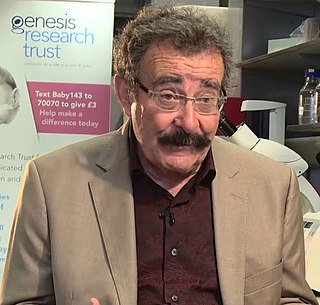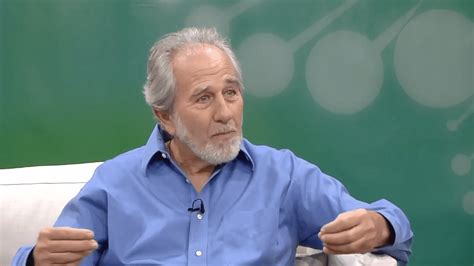A Quote by Nathan Deal
Using adult stem cells drawn from bone marrow and umbilical cord blood system cells, scientists have discovered new treatments for scores of diseases and conditions such as Parkinson's disease, juvenile diabetes, and spinal cord injuries.
Related Quotes
Both in Britain and America, huge publicity has been given to stem cells, particularly embryonic stem cells, and the potential they offer. Of course, the study of stem cells is one of the most exciting areas in biology, but I think it is unlikely that embryonic stem cells are likely to be useful in healthcare for a long time.
One can envisage taking cells from a patient with sickle-cell anaemia or an inherited blood disorder and using the Cas9 system to fix the underlying genetic cause of the disease by putting those cells back into the patient and allowing them to make copies of themselves to support the patient's blood.

































